Why is it essential to choose a proper clarinet mouthpiece
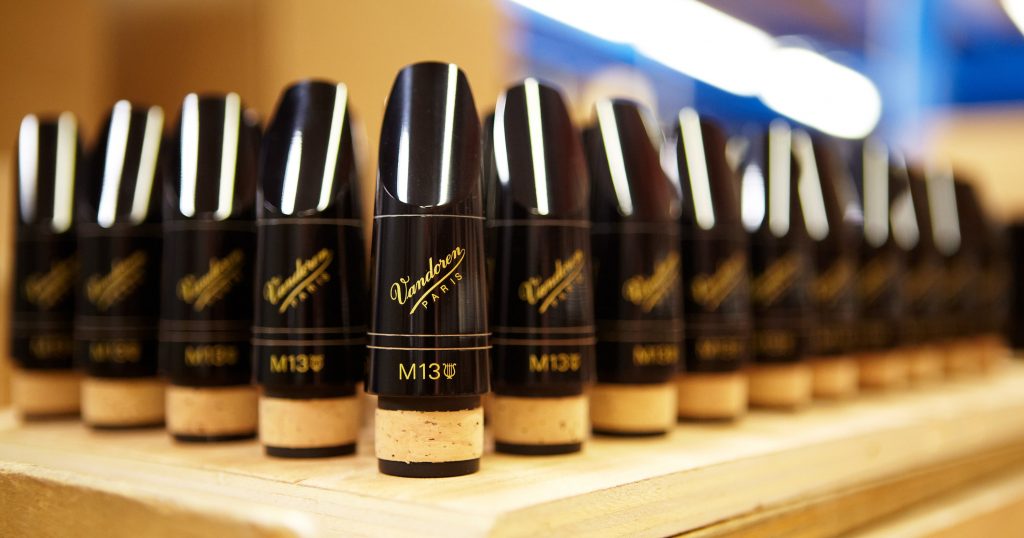 It is easy for beginners to assume that the clarinet mouthpiece is a small and insignificant part of the instrument. But the truth is that it is a very important part. The reason why it is so important is that it can affect to a large extent the nature of the sound that is produced by the instrument.
It is easy for beginners to assume that the clarinet mouthpiece is a small and insignificant part of the instrument. But the truth is that it is a very important part. The reason why it is so important is that it can affect to a large extent the nature of the sound that is produced by the instrument.
A good mouthpiece can help a low quality or mediocre instrument play very well. A cheap mouthpiece, on the other hand, will handicap a top-notch or an expensive instrument.
So, if you are looking to making good sound with relative ease, it is wise you opt for a high-quality mouthpiece like the D’Addario Woodwinds X5 or the Vandoren CM346 B50. However, if you are on a tight budget or you just don’t want to invest too much on a mouthpiece, then you should go for a budget-friendly model like the Yamaha YAC CL4CM-II.
How to take care of a clarinet mouthpiece
Whether you use your instrument every day or only on the weekends when you are free, it is important that you clean your mouthpiece regularly. If you don’t, your mouthpiece is going to be a home to dirt and bacteria that will not only affect the sound of your instrument but also your health. With consistent cleaning, your clarinet mouthpiece will continue to produce beautiful sound for years to come.
Below is a step by step guide on how to take care of a clarinet mouthpiece:
- Carefully disassemble the clarinet
- Wipe the reed with a soft cloth
- Clean the joints and bell with a swab on a string (You can get a specialized swab at most music stores or online)
- Thoroughly rinse the mouthpieces with cold or warm water to remove debris and saliva.
- Dry the mouthpiece before storage.
- Wash the swab on a regular basis
Price tag
No two clarinet mouthpieces are made exactly the same hence they aren’t going be sold at the same price. While there are top notch models like the Vandoren CM346 B50 and D’Addario Woodwinds X5 with a handful of impressive features, there are some affordable models like the Yamaha YAC CL4CM-II. If you are looking for something in between, then you should opt for fairly expensive models like the Selmer Paris Focus.
Keep in mind that you don’t need to splash a lot of cash or spend a small fortune on a mouthpiece. That, of course, does not mean that you should go for super cheap models that cost 10 dollars or less, as they are not durable.
Features to consider while buying the best clarinet mouthpiece
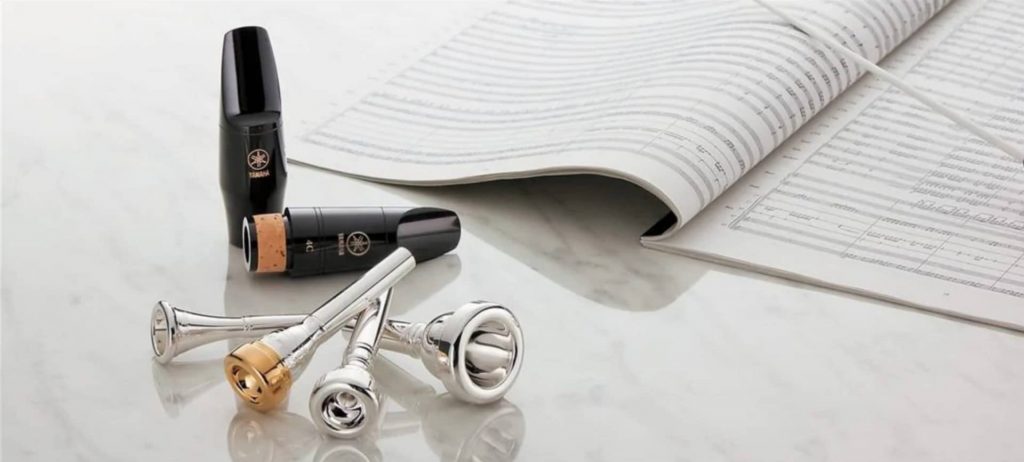
Although clarinet mouthpieces tend to be somewhat similar in their design and purpose, there are a handful of features that set them apart and can dramatically affect their performance. To choose the best one, you need to learn a thing or two about these features. Below are some of the most important ones.
What is it made of
As you probably know, the material a mouthpiece is made of can affect the nature of the sound it produces.
Mouthpieces that are made from soft materials have a darker sound. On the other hand, mouthpieces that are made from hard material have brighter sounds.
Below are some materials used in making a clarinet mouthpiece:
Most fairly expensive and some custom mouthpiece on the market are made with hard rubber. While there are different types of hard rubber (with varying characteristics), they generally provide a bit more focus and warmth than plastic mouthpieces.
Most beginner mouthpieces are made from plastic because they are affordable and durable.
Wood is a popular material that has been used to make clarinet mouthpieces in the past and presently. The sound quality of a wooden mouthpiece is affected by the type of wood it was made from.

Although they are a little bit fragile, they can produce a bright sound and are ideal for outdoor use.
Beak
The beak is the upper part of clarinet mouthpiece that goes into your mouth when you play. While the angle of the beak isn’t directly going to affect the nature or quality of the sound you produce, it may affect how comfortable you will feel when you play.
Tips and facing
The facing length and tip opening of a clarinet mouthpiece are two important things you must give thought to when making a purchase as they can determine how a mouthpiece will play an instrument.
This is the point or area where the mouthpiece separate from the reed.
This is the distance between the tip of the mouthpiece and the end of the reed.
Generally, a clarinet mouthpiece with a long facing usually has a small tip opening. On the other hand, a clarinet mouthpiece with a short facing has a large tip opening.
How reeds and ligature influence the sound
The reeds and ligature are two important parts of a clarinet mouthpiece that influence to a large extent the nature, as well as, the quality of the sound it will produce.
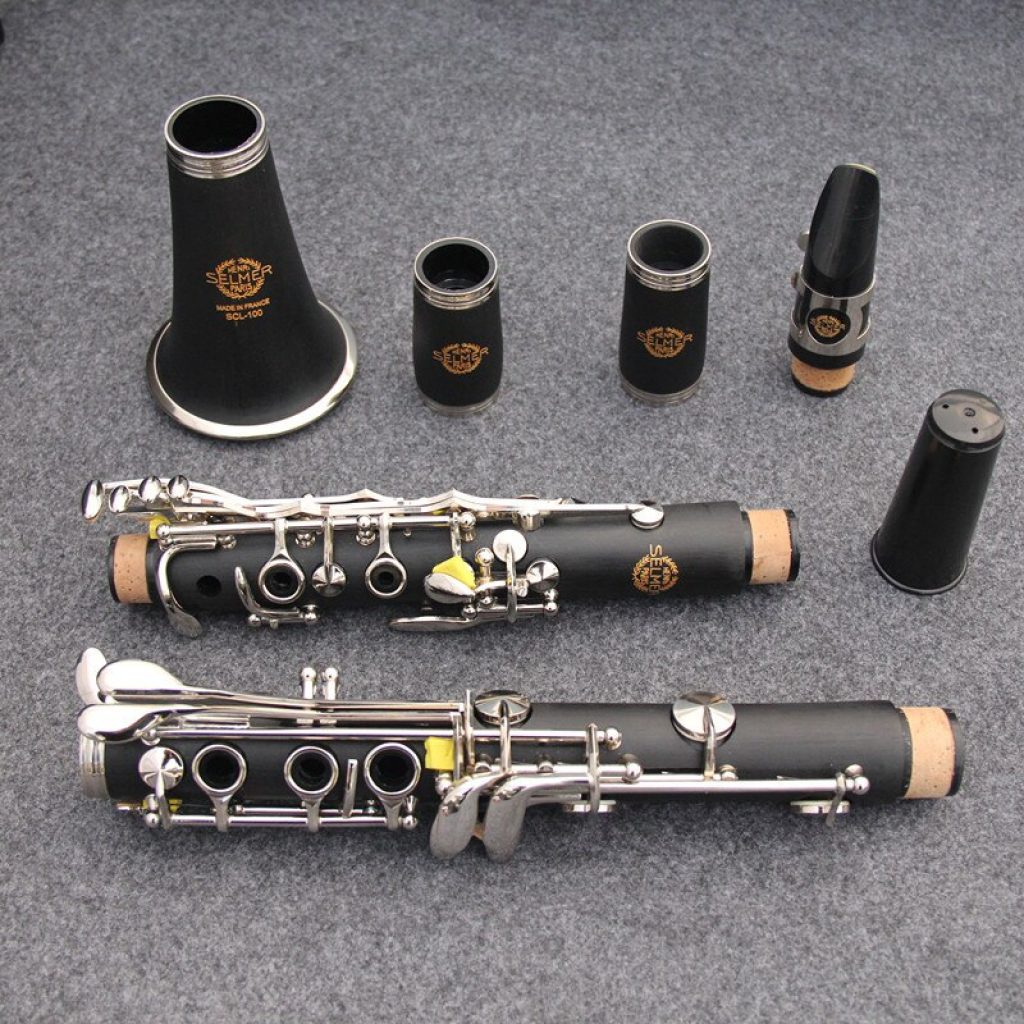
The reed: This is a very small part of the wood that vibrates to make a sound
The ligature: This holds the reed on the mouthpiece.
Regardless of the type of mouthpiece you want to buy, it is important that you take a close look at variables like the hardness, heart thickness, tip thickness, cut and vamp length of the reed, as they can determine how a mouthpiece will play.
Clarinet ligature is usually made with materials like gold, fabric, silver and so on, and these materials come in different shapes and designs. Just like the reeds, the clarinet may seem like an inconsequential factor, but the truth is that they are very important and should be taken seriously. You see, the way a reed is held on to a mouthpiece determines how the reed vibrates and the nature of the sound they produce
Baffle and chamber
The chamber is the inside of the mouthpiece. And it affects to a large extent the output of a mouthpiece. The Baffle is the part of the chamber close to the top of the mouthpiece. The design and shape of this portion of the baffle affect the overall sound quality of the mouthpiece.
A scooped or lower baffle produces a darker sound while a higher baffle produces a brighter sound.
Window
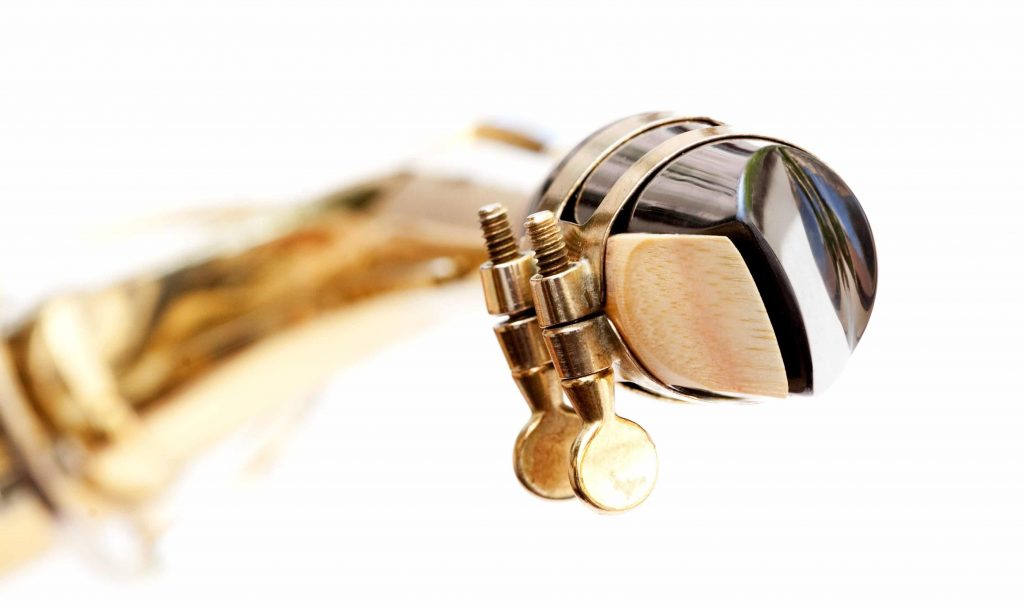
The window is simply the hole that is located in a clarinet mouthpiece in the area where the reed covers when it takes a position or is in place.
Chamber
The sidewalls of a clarinet mouthpiece lead directly to its main chamber. As you guessed, the volume or tone produced from a mouthpiece is influenced by the size and shape of the side walls.
The chamber is the small open space in the middle of a mouthpiece. A large chamber will give a bigger and unfocused tone. A small chamber, on the other hand, gives a more focused and narrower tone.





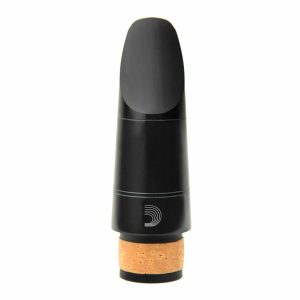
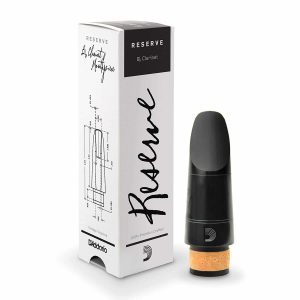

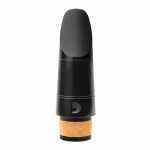
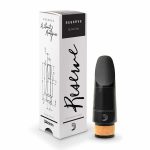

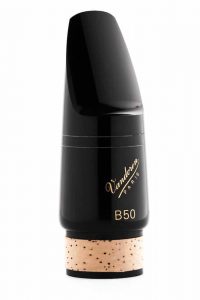
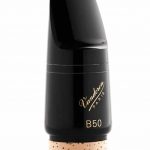
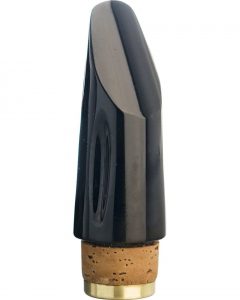
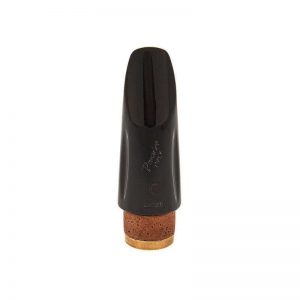
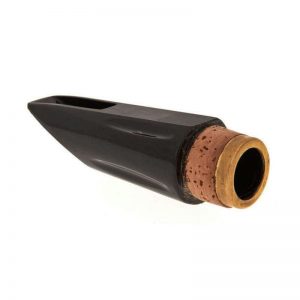
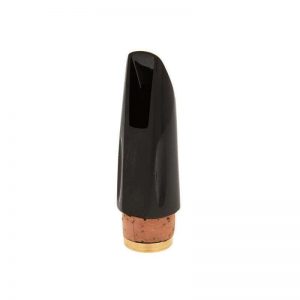

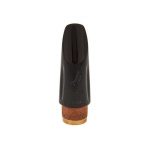
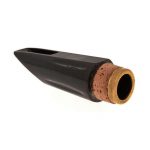
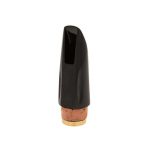
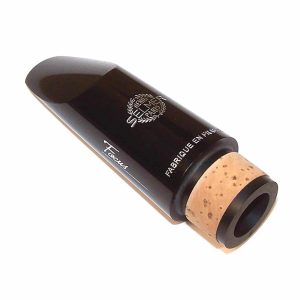


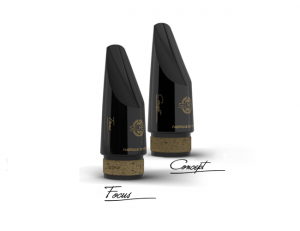
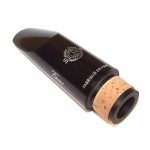
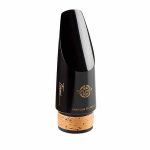

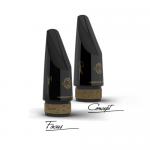
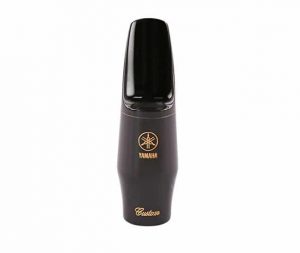
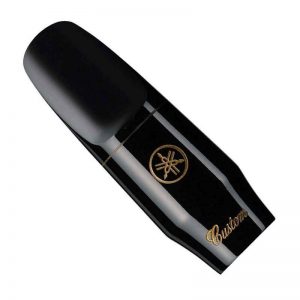
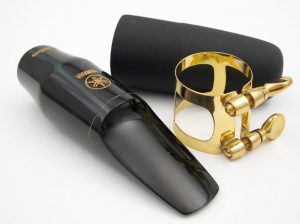
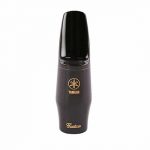
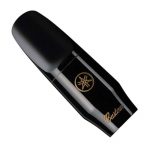

 It is easy for beginners to assume that the clarinet mouthpiece is a small and insignificant part of the instrument. But the truth is that it is a very important part. The reason why it is so important is that it can affect to a large extent the nature of the sound that is produced by the instrument.
It is easy for beginners to assume that the clarinet mouthpiece is a small and insignificant part of the instrument. But the truth is that it is a very important part. The reason why it is so important is that it can affect to a large extent the nature of the sound that is produced by the instrument.








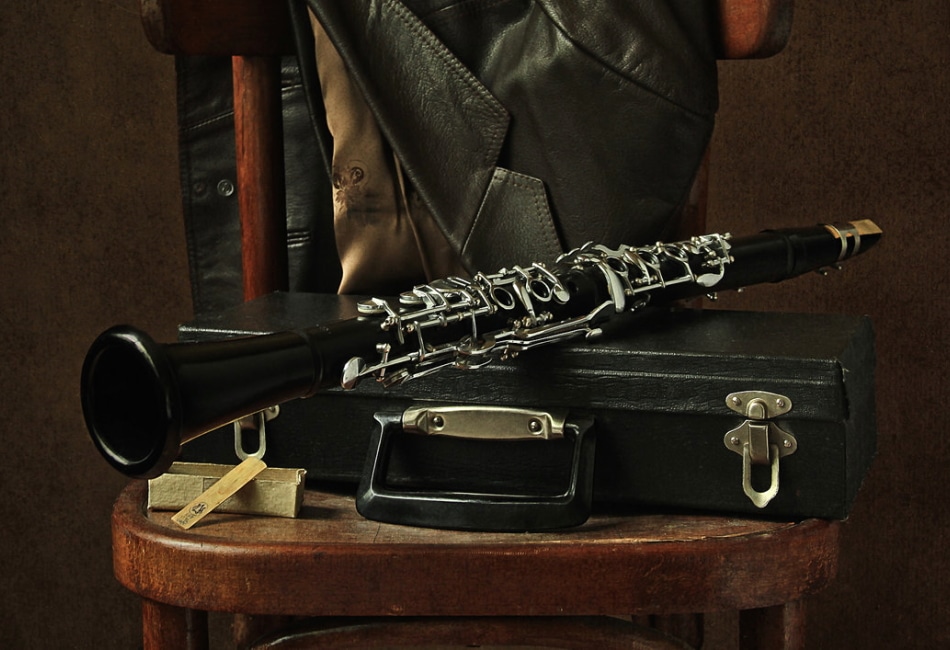


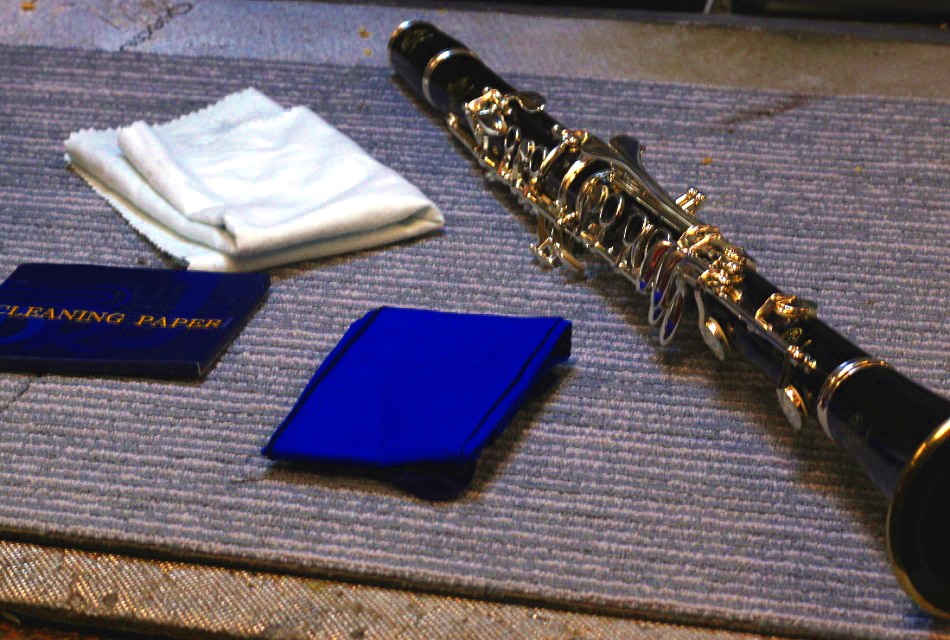
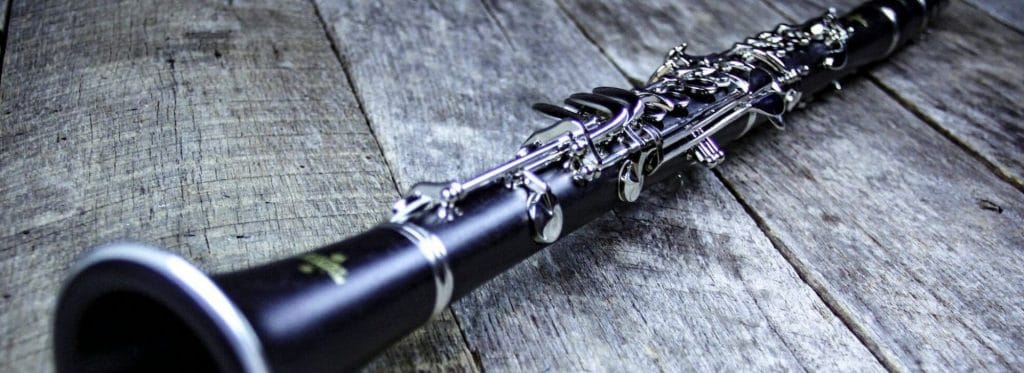

5 best clarinet mouthpieces. Isn’t no 5 a saxophone mouthpiece ? Can’t see any cork ?